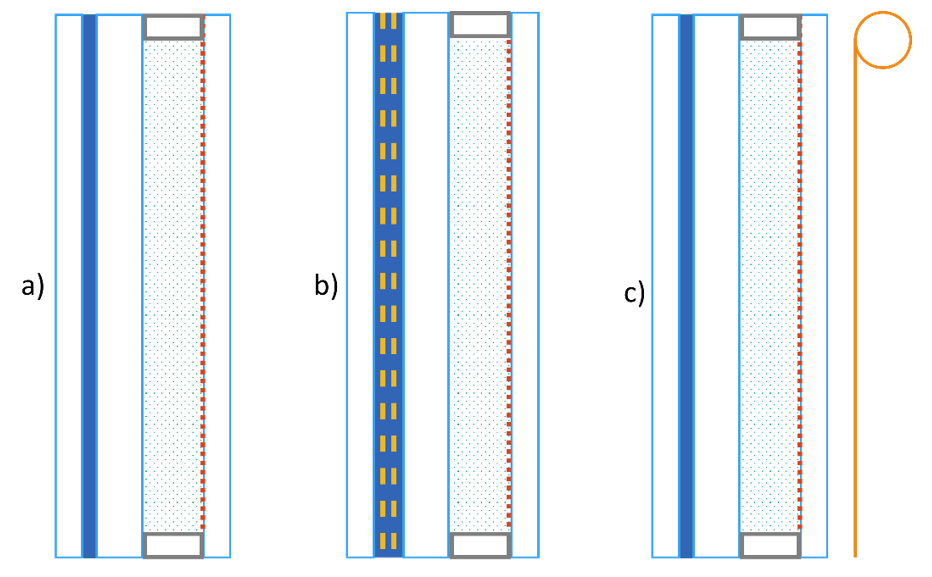Environmental Impact of Passive Smart Window Technologies
Framework and Preliminary Results
DOI:
https://doi.org/10.47982/cgc.9.605Downloads

Abstract
This paper draws attention to the environmental impact of passive smart windows, a novel high-performance glazing technologies that can change their solar transmittance to control the amount of solar gain, thus reducing cooling energy demand. Despite the large influence of building envelope technologies on overall embodied carbon in buildings, the environmental impact of passive smart windows has been inadequately addressed, with a dearth of numerical data on various impact categories beyond energy consumption and Global Warming Potential (GWP). While current literature focuses on the advantages of these technologies in terms of operational energy savings, other critical environmental considerations are currently missing. This paper aims to bridge the existing gap by introducing a novel framework for evaluating the broader environmental impact of passive smart windows through a multi-category LCA method. By analysing the life cycle of these technologies, including production, usage, and disposal, the research seeks to provide a holistic understanding of their contribution to sustainability. The framework is based on systematic literature review on current state-of-art approaches and Interviews with key stakeholders in the dynamic glazing value chain. Literature review and interview results are presented, and then the framework is demonstrated through a case study of a thermochromic technologies for an office building in the Netherlands. Preliminary results show the critical areas where improvements on the methods or on the performance of the technology are required for the achievement of holistically sustainable high-performing glazing.
Published
Issue
Section
Smart Glazing, Solar & BIPV
License
Copyright (c) 2024 Paolo Matricardi, Marc Ottele, Christian Louter, Alessandra Luna Navarro

This work is licensed under a Creative Commons Attribution 4.0 International License.



